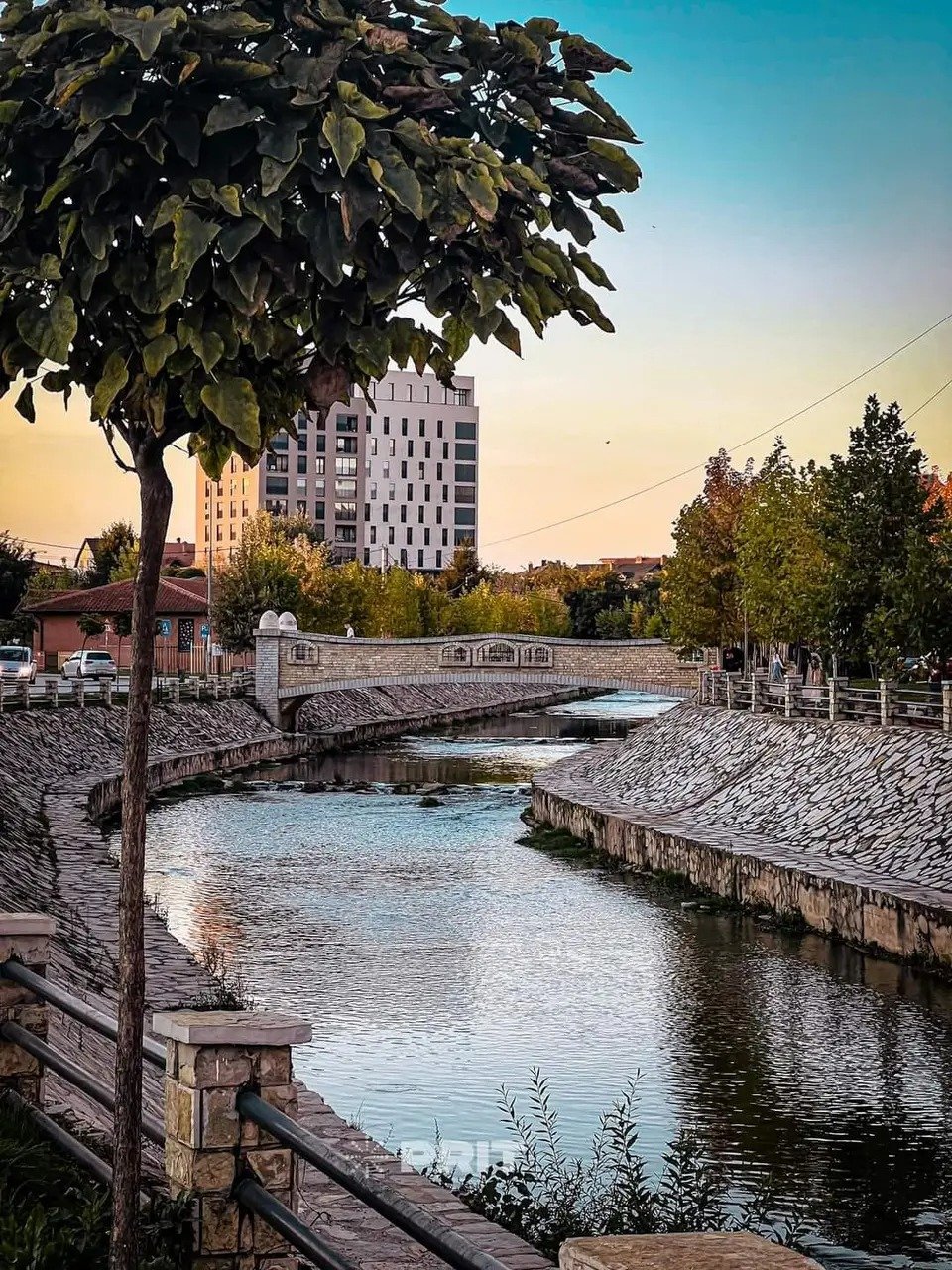Amazing history of this place

You shall go to the Ball! The Belle Époque was that party at the end of the 19th century when European influence, wealth, culture and glamour reigned supreme. All wanted to join the party, and Detroit, that French Trading post on the North American lakes, was up for it. Prosperous and progressive from its new world trading position, Detroit with its French roots was known in the late 19th century as The Little Paris of the Midwest. The city was a flashy debutante – bold and brash, but unfortunately, the party wouldn’t last long. Looming World War I would put out the party lights of the Belle Epoque and Detroit’s French fancy would soon be left in the dark.
The city of Detroit’s name is derived from le détroit du Lac Érie, referring to the narrow linking waterway connecting the two great North American lakes, Huron and Erie. Detroit was settled and expanded to exploit a strategic geographical position as an easy landing and ferry point for goods and trade across the great lakes, but also as gateway to the American heartlands from Quebec. The French founded Detroit and protected her with the star-shaped Fort Lernoult, positioned inland and west of the settlement. During the 18th century, when the Seven-Years War raged between Britain and France for control of the North American continent, the fort fell to the British in 1760, who then administered it the young town from Quebec. In turn, the British lost Detroit during the American Wars of Independence and from 1776, Detroit became part of the new United States of America.
Despite being almost entirely destroyed by fire in 1805, the City of Detroit continued to prosper, fuelled by ever-expanding trading and manufacturing enterprises that exploited the waterways across the lakes together with the new national railroad network. Following the fire, the city was re-planned with grand avenues radiating from the Campus Martius Park, the site of the old French fort. These avenues and boulevards were lined with trees and public parks, all very reminiscent of George-Eugène Hausmann’s mid 19th century redressing of Paris with its arrays of grand boulevards and monuments.
Back in Detroit, the then new Campus Martius Park circus centrepiece sent its new streets radiating in all directions, perhaps the most notable being Woodward Avenue driven North West, directly away from the river and the old city to Brush Farm. Detroit was a blossoming city in the mid 19th century.
The 1850’s saw the redevelopment of what was previously French-owned farmland, which now bordered the new Woodward Avenue. As the city rolled inland, the demand for more and better residential space followed. Brush Park, accessible, yet sufficiently removed from the unhealthy grime, became the high society ‘must have’ residential spot for Detroit. The new suburb was laid out in a simple and efficient grid of streets and rectangular plots.
These blocks, which were quickly taken and filled with the grandest and most exuberant mansions, were all built in the most flamboyant of French styles. Indeed, so ‘French’ was this debutant suburb, Detroit was deemed The Paris of the West.
Truly a nouveau riche affair, Brush Park was an exuberant, eccentric and eclectic mix of all French periods and styles in architecture. Still within a carriage-ride distance of the city centre, these restless undulating towered piles sat shoulder to shoulder along the new grand streets, competing and screaming for attention. Riots of turrets, skyline towers, bulging domes, spiky dormers, French mansard roofs, verandas, balconies, bays and multi-columned porches – this was the Belle Époque on steroids, an outrageously confident show of symbols of commercial success.





